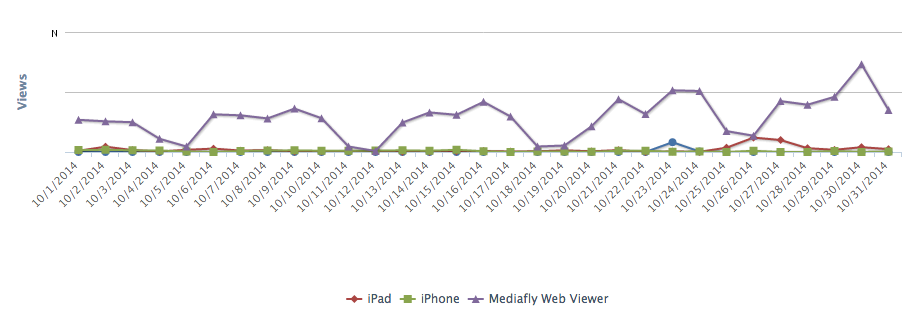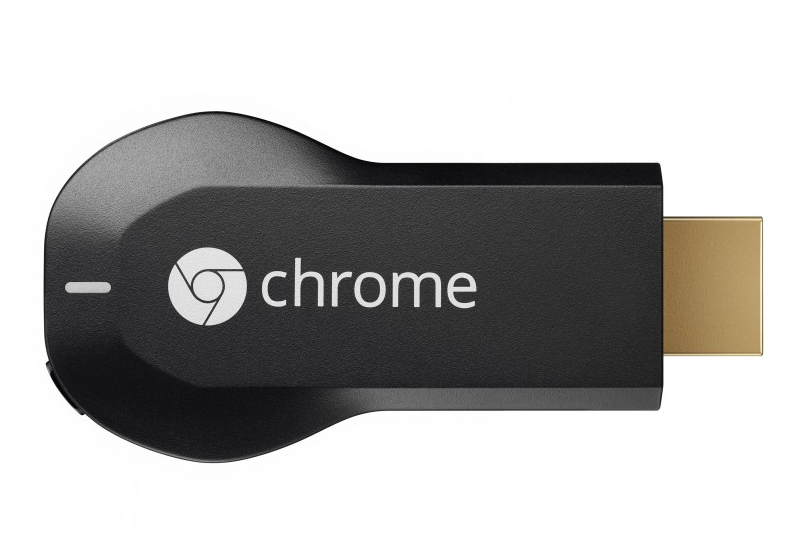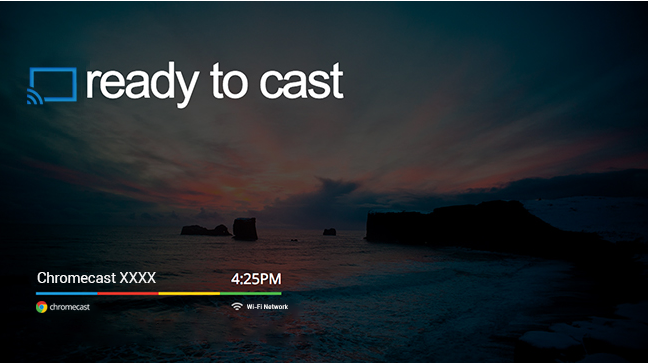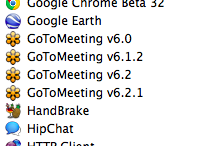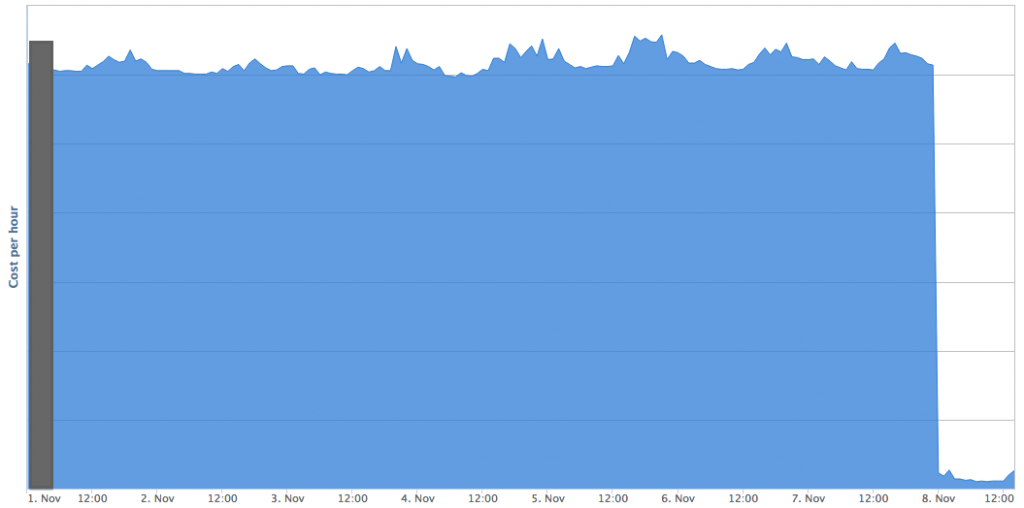IDC announced today that worldwide tablet sales growth is expected to slow to 7.2%, and that iPad shipments will decline by 12.7%, the first year-over-year decline in the history of the product’s existence. This is significantly different from their 2013 report, which showed a year-over-year growth rate of 50.6%.
This announcement coincides with what I’ve been predicting for the past two years:from an enterprise perspective, tablets and laptops will largely consolidate to a single form factor.
The drivers are clear. Enterprise users want to be able to work effectively, regardless of what device their working on. They don’t want to carry around multiple devices and companies don’t want to supply or manage multiple devices. The iPad is a revolutionary device but it’s strengths still lie in content consumption, not content creation. Another limitation is the fact that users don’t want to have to have another upgrade path on tablets that is separate from their phones and their laptops. And on top of that, companies struggle to keep up with device upgrades.
Despite prior years showing the significant growth of tablets as a device platform and Mediafly being a “mobile-first” enterprise software company, we’ve seen that our web viewer still ranks as the top platform. The device report below is from one of our enterprise customers and illustrates how important the browser is (represented by Mediafly Web Viewer).
We see a number of additional data points over and over that further justify this trend:
- Many customers and prospects are hesitant about rolling out iPads to their salespeople and general employee base as they work to reconcile the capital expense and challenges of managing another track of devices with the enablement benefits they provide.
- More and more of the new Windows PCs are tablet hybrids as well, with full touch screens, detachable keyboards, and a full-featured operating system behind it. We are eagerly awaiting OS X to support these features as well, and expect this to happen in the coming 1-2 years as tablet sales decrease even faster.
- Larger phones (e.g. iPhone 6+, Galaxy S5, and Nexus 5) are decreasing the importance of also carrying around additional devices such as tablets and laptops.
What are we doing about it?
In anticipation of this shift, we are working on a new desktop solution that will work on multiple operating systems (Windows 7 and above, and Mac OS X 10.8 and above) and support all of our mobile app features including: full offline access, offline search, intelligent syncing, and Interactives. The desktop solution will remove the line between devices and will allow an end user to experience the benefit of our solutions everywhere.
Our target timeframe for launch is Q3 2015. We’ll keep you updated on our progress and share details along the way.
(Cross-posted on the Mfly Blog)

